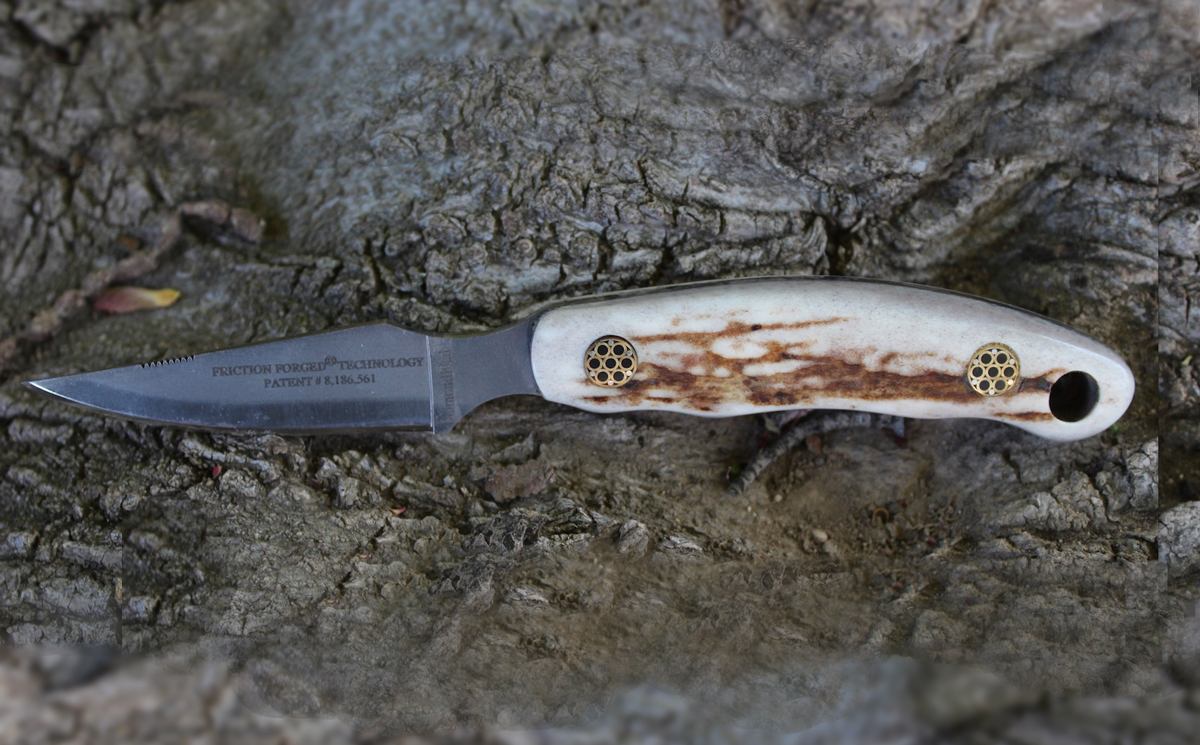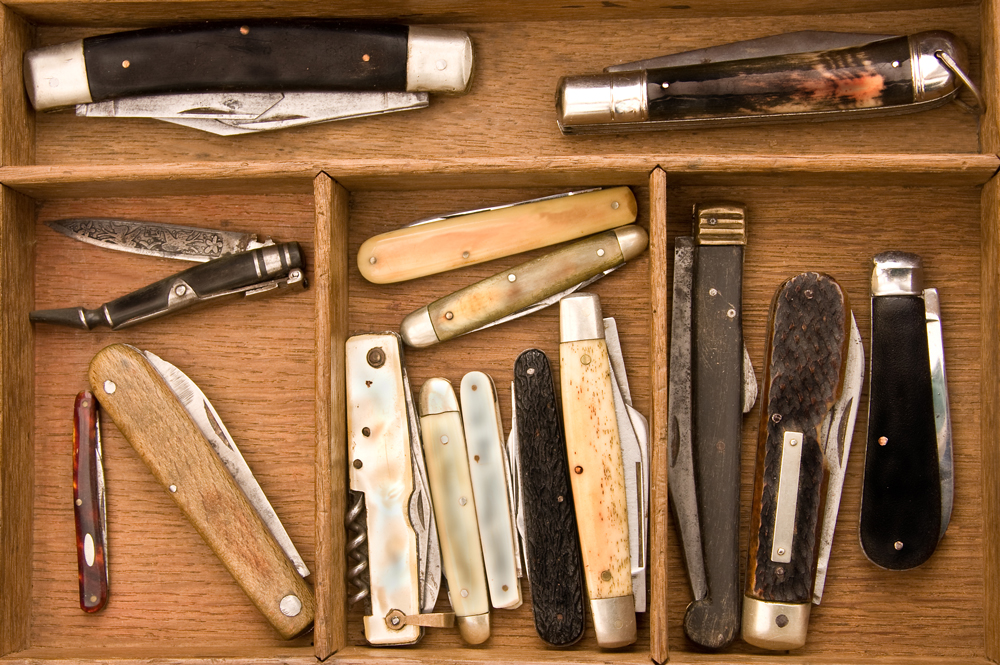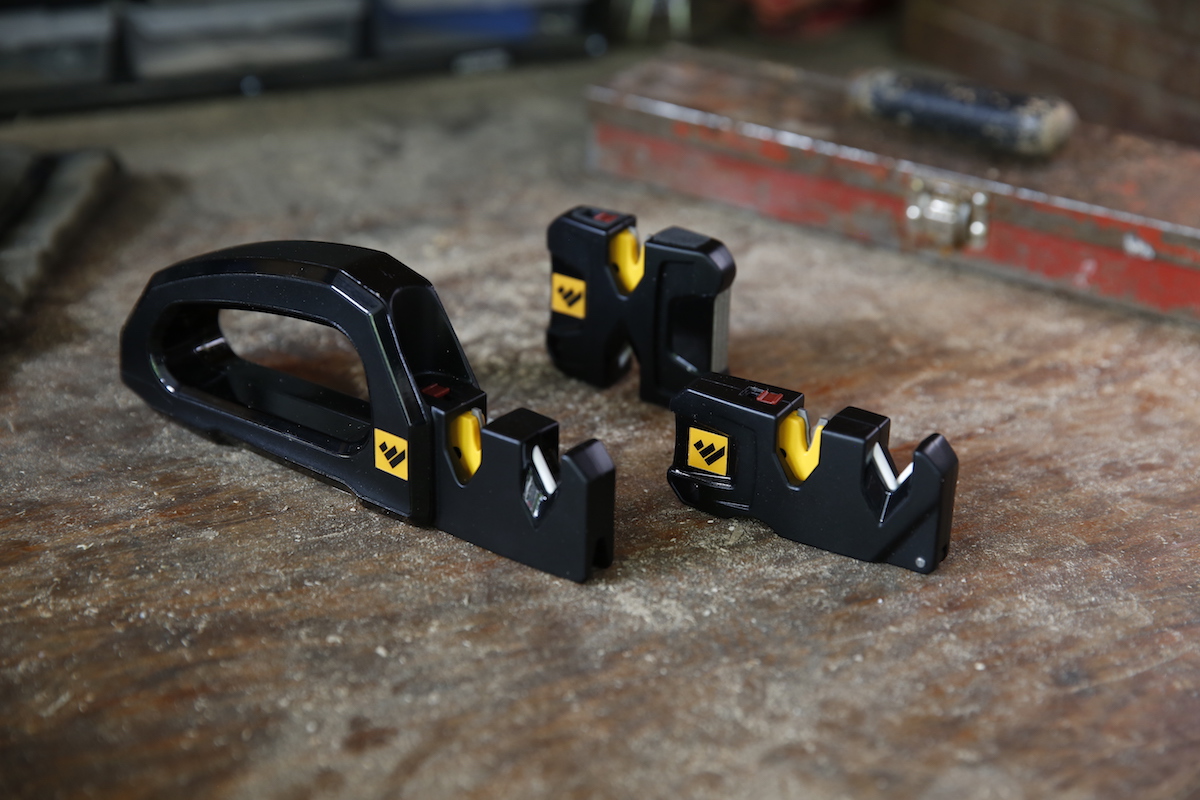Neither my father nor paternal grandfather would have even thought of setting foot out of the house without their trusty pocket knives handy.
Case. Buck. Barlow. Remington. Gerber. Schrade. These and other brands of pocket knives were once names with which to conjure. They were instantly recognizable to an appreciable percentage of the population, at least in the backwoods world of my boyhood. Folks took pride in carrying, displaying and using their knife of choice, and most males over the age of 12 felt them to be almost an extension of their body.
For youngsters, acquisition of their first knife was a significant rite of passage topped only by a first gun, while fathers considered a two- or three-blade pocket knife as indispensable as a lunch bucket or work tools. Grizzled old codgers sitting in country stores or beneath shade trees on small town squares swapped blades, whittled and told tales as an integral part of their daily routine. Pocket knives were an important part of life.
Pocket Knives Then and Now
How things have changed. Recently I noticed a news piece about a boy getting in trouble for carrying a pocket knife to school. It seemed pretty innocuous, at least on the surface. A teacher apparently noticed the knife sticking out of his pocket. Nothing more. Obviously the boy broke school rules and had to face the consequences, but the hapless lad’s situation speaks volumes about the world in which we live.
When I was a teenager in the 1950s, virtually every boy carried a pocket knife, not only when fishing or hunting but also in school. The few who didn’t wished they had one. A knife was like a billfold—something you had with you at all times. Knives, among the simplest and most useful of all tools, were highly functional and furnished entertainment. If a female teacher asked whether anyone had a knife to assist her with some classroom chore, chances were every boy in the class would raise his hand in a fashion far more enthusiastic than their responses to her academic questions.
Boys used pocket knives for recreation and in all sorts of practical ways. That might involve cutting and shaping a choice fork from a dogwood or persimmon tree as the base for a slingshot. Or perhaps it meant gutting and scaling a mess of fish, cleaning squirrels or rabbits, widening the opening in a split shot so it could be easily affixed to a fishing line or performing any of dozens of chores around home. Games of mumblety-peg were standard fare during playground breaks. Whittling contests to see who could produce items such as the best toothpick or finest wooden toy were commonplace.
Youngsters knew practical knife safety and how to use a whet stone. The standard measure of whether a knife blade was sufficiently “keen” involved seeing if it would easily shave the hair off one’s forearm. If not, it needed additional honing.
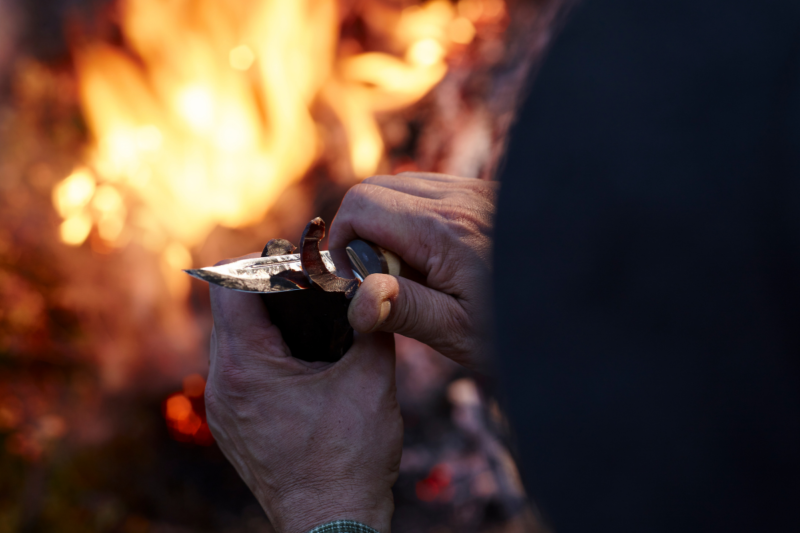
Knives were once in constant use whittling out whammy-diddles, personalizing walking canes or cutting off a chew of tobacco from a section of dry twist. Image: Canva
The Heritage of Pocket Knives
While boys of my generation took pride in carrying a pocket knife, adults considered them absolutely essential. Second only to playing checkers or kibitzing while others played the board game, knives were the focal point of activity at Loafer’s Glory, as the town square where I grew up was known. There was constant knife swapping, with exchanges of blades vying with swapping of lies for pride of place. Genial arguments about the comparative merits of different styles such as Barlow (not only a brand name but a two-bladed knife), Stockman (three blades) and Congress (four blades) were commonplace. The same held true when it came to allegiance to a particular manufacturer or type of steel.
While such momentous discussions took place, knives were in constant use whittling out whammy-diddles, personalizing walking canes or cutting off a chew of tobacco from a section of dry twist. Those knife lovers were old men enjoying well-earned leisure after a lifetime of hard work, but the folding blades they traded and talked about were also the quintessential working man’s tool.
Neither my father nor paternal grandfather would have even thought of setting foot out of the house without their trusty knife handy. That was generally true of males of their generations. Both owned a goodly selection from which to choose, and thanks to disappointment from early boyhood at not getting a knife one Christmas, Daddy saw to it that his sons, and later his grandsons, were always appropriately outfitted in that department. Like most males worth their salt, they felt naked without a pocket knife.
Even in his later years, to the age of 100 and beyond, my father always kept a pocket knife handy. Of course, he owned several dozen, so access wasn’t much of an issue. Still, if he misplaced the knife he fancied at a particular time (usually it slipped out of his pocket into secret hideaways in his recliner), grave concern arose.
Dad kept his knives razor sharp, rightly reckoning that one which wasn’t finely honed wasn’t fit to carry. That was what he had known and practiced all his days, and for decades his mindset was a near-universal one.
Today I proudly carry one of Dad’s pocket knives, as do my brother, all of his boys, a first cousin, and even my daughter. I can’t speak for the others, but the little two-blader I carry, with its bone handles and simple design, gives me a momentary mental boost every time I take it out of my pocket. Sentimentally, it’s priceless, but that’s only part of the overall picture.
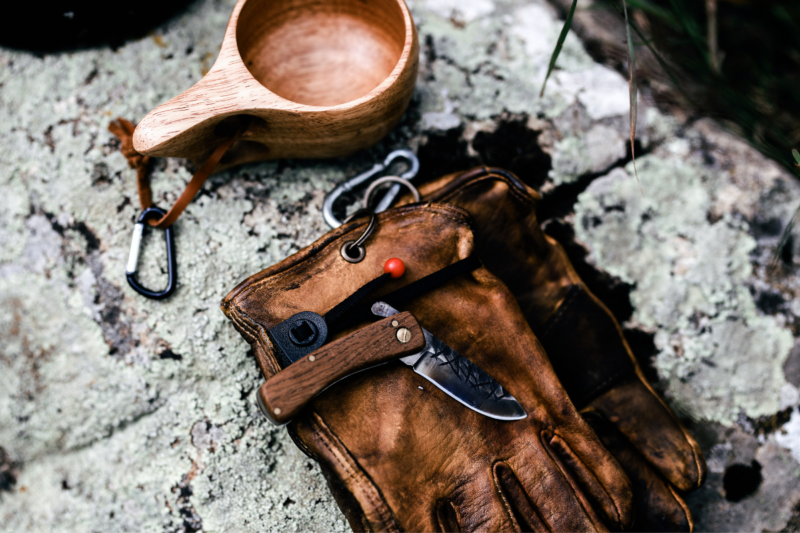
I am amazed by the varying work accomplished with my pocket knives over the course of the past year. Image: Canva
The Knife for Everyday Life
While writing this column I paused to ponder how that knife has been used over the course of the year past. The varying work accomplished with it, and I know the list which follows is a select sampling, amazed me—harvesting garden vegetables such as squash, cabbage, eggplant, okra, cucumbers and zucchini; peeling apples and peaches; suckering tomato plants; cutting off sections of twine to tie tomatoes to stakes; gathering gladiolas, zinnias, snapdragons and dahlias from the flower garden for household decoration; opening daily mail and shipments of books; extracting briars from my fingers; cleaning trout; removing giblets from wild turkeys; dressing squirrels; whittling a piece of wood to hold a latch in place; prying open the lid on a balky toothbrush so the battery could be replaced; and much more. Simply put, without a knife it would be difficult for me to function.
Yet today’s world is one where knives seem taboo. A striking personal example makes my point. A few years back I reached the age which necessitated a visit to the local Social Security office. A genial gentleman in uniform greeted me at the door with a cheery “good morning” and the comment: “You look like a man who would carry a pocket knife.”
I thought that strange but took it as a compliment and enthusiastically replied: “Yep. As a matter of fact, I’m carrying two.”
That wasn’t what he wanted to hear. Politely, but firmly, he informed me I couldn’t enter the building carrying a pocket knife, and of course the same holds true for boarding an airplane or entering many public buildings. This is a commentary on today’s world as well as a pointed reminder of how dramatically society has changed since my 1950s boyhood. Mine was a rural childhood, where folks lived close to the earth and a knife was considered a necessity. Today’s urbanized world seems increasingly out of tune with a lifestyle where pocket knives deserve praise and a prominent place in daily life. They are, in short, increasingly part of a world we have lost.
How terribly sad.
Note: This is a slightly revised version of an award-winning article which appeared in South Carolina Wildlife. To learn more about the author and his writing, visit Jim Casada Outdoors.
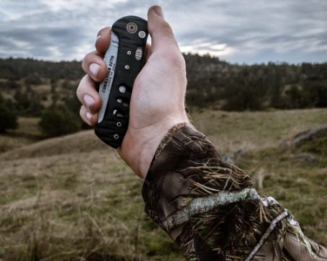 The Sporting Classics Store features an extensive knife and axe collection, including knives from manufacturers such as Helle, Diamondblade and others. Shop Now
The Sporting Classics Store features an extensive knife and axe collection, including knives from manufacturers such as Helle, Diamondblade and others. Shop Now


